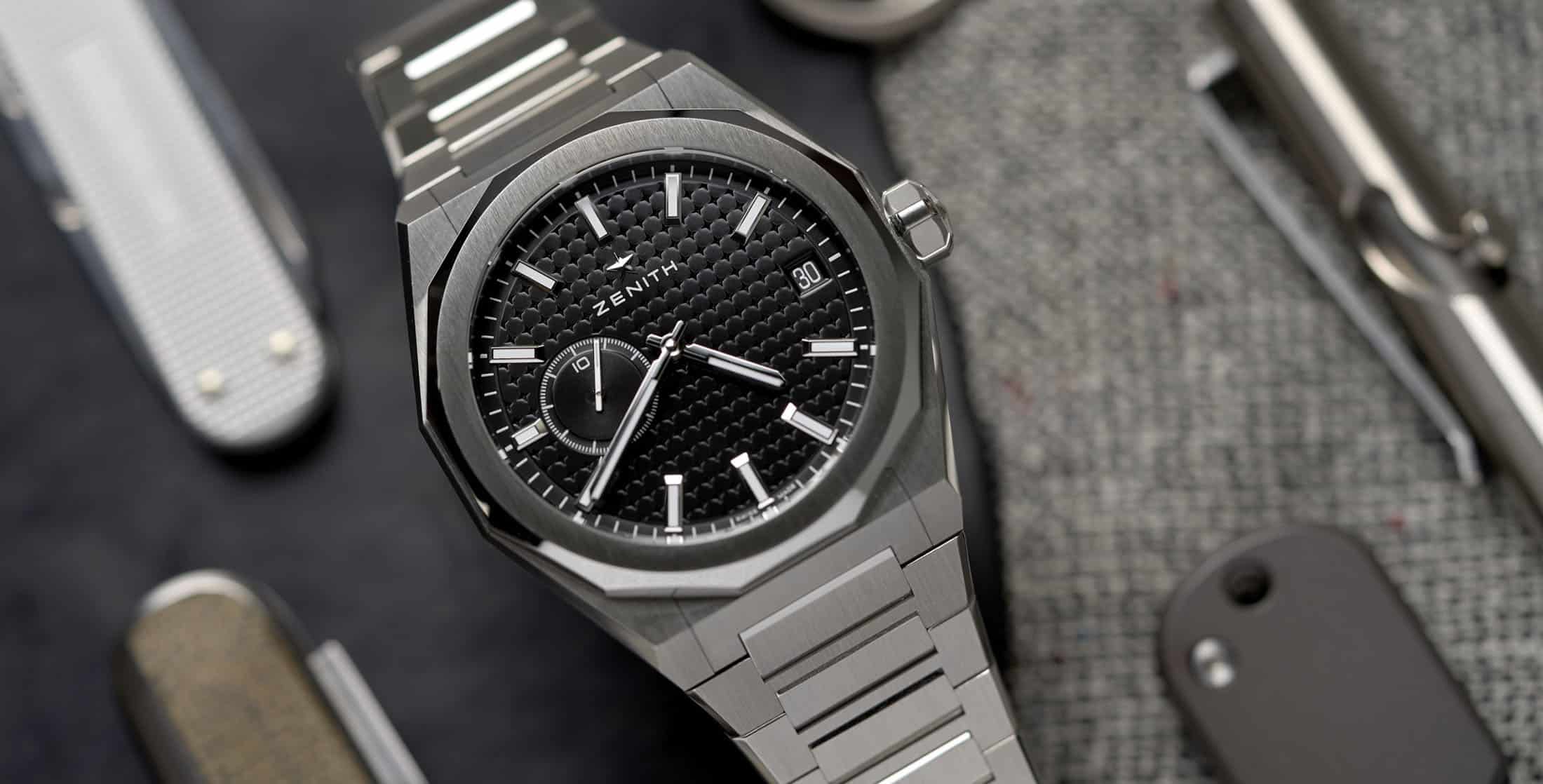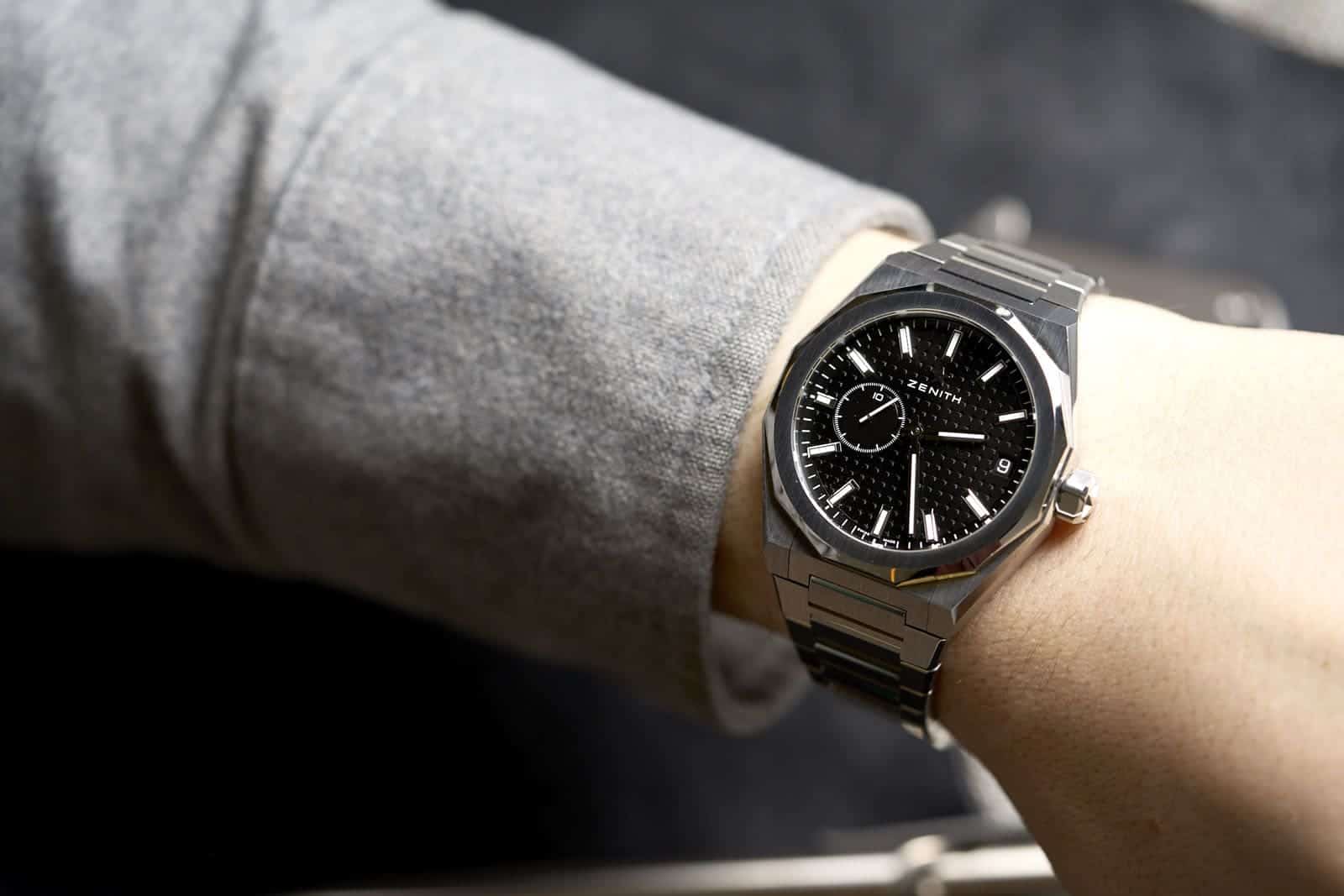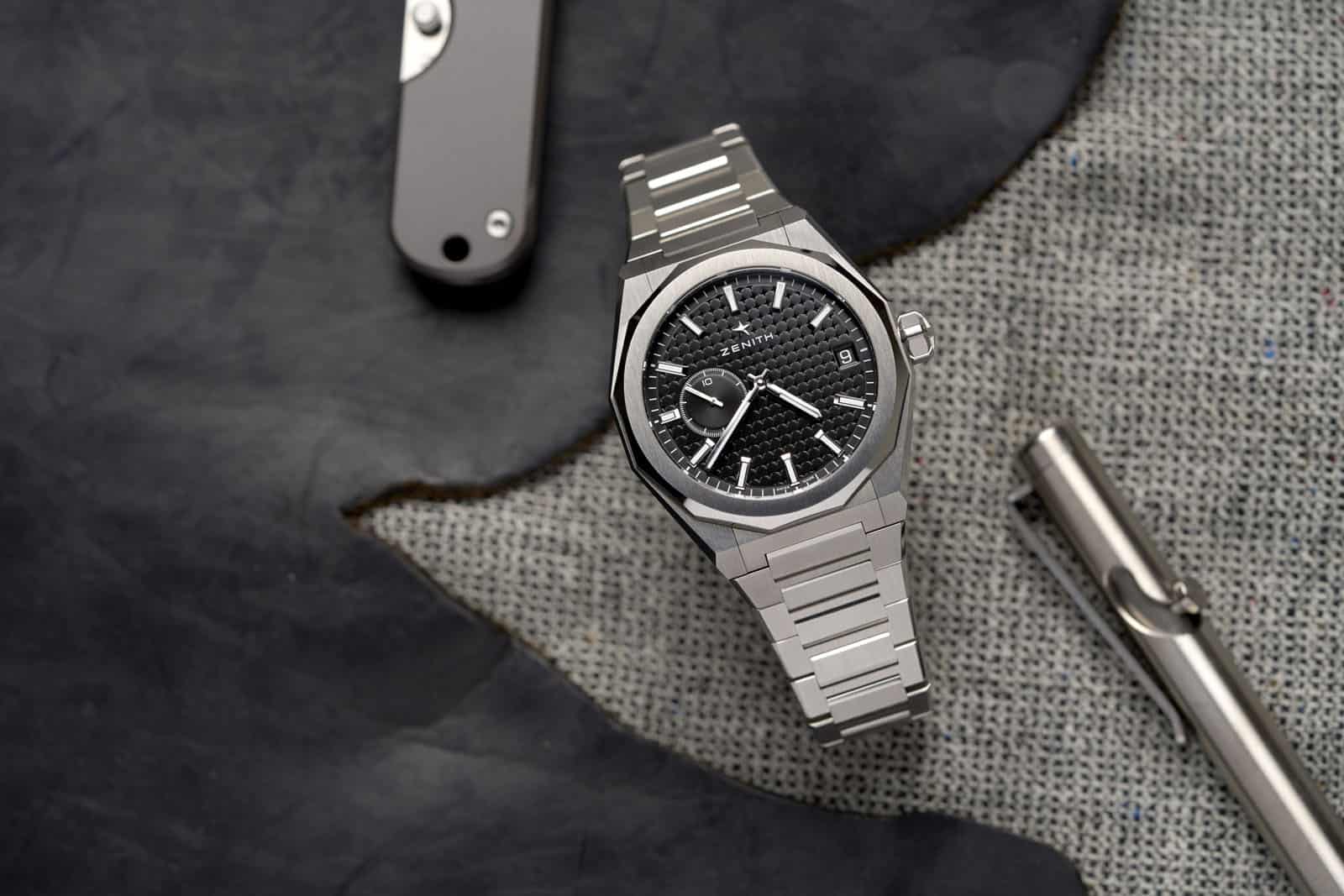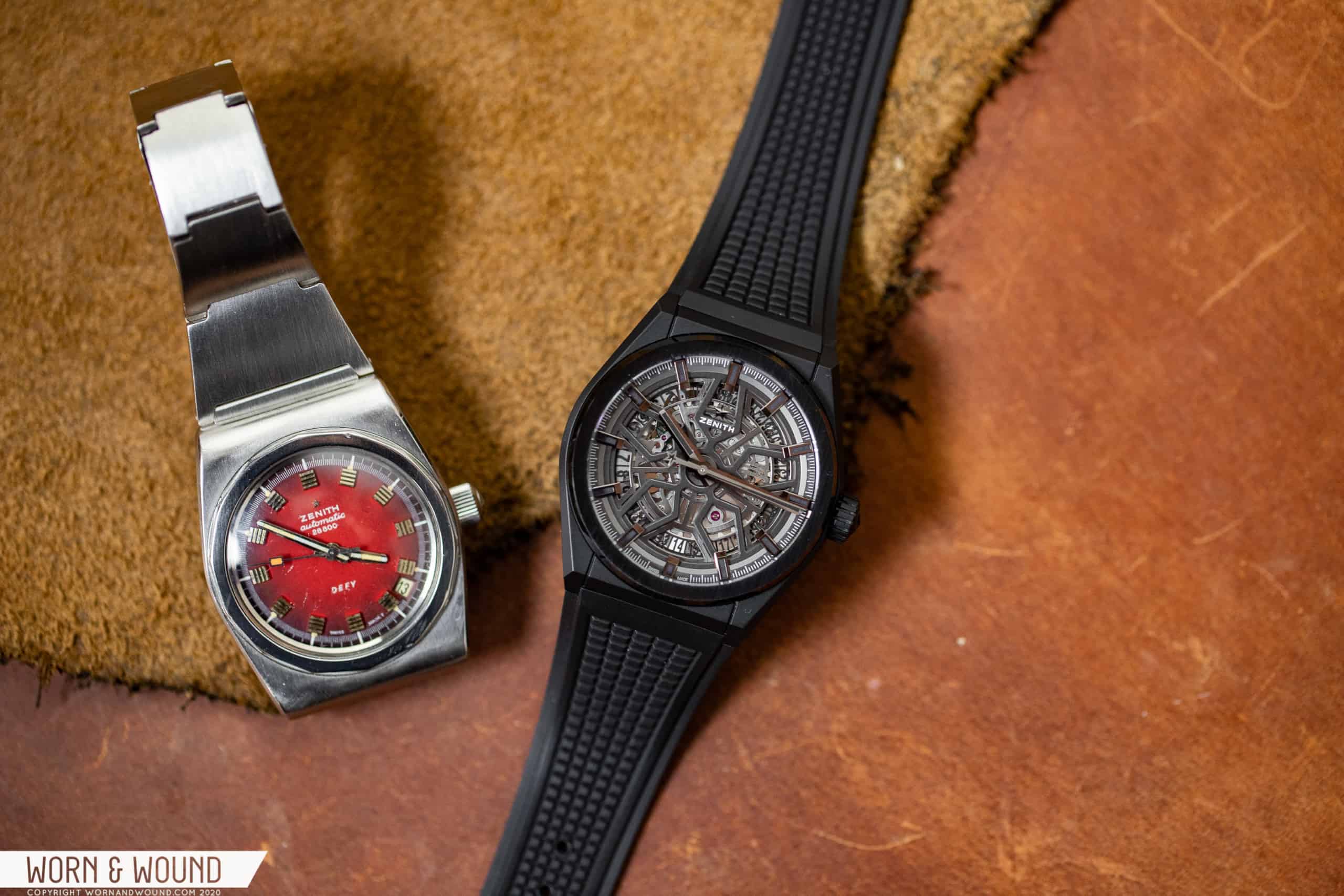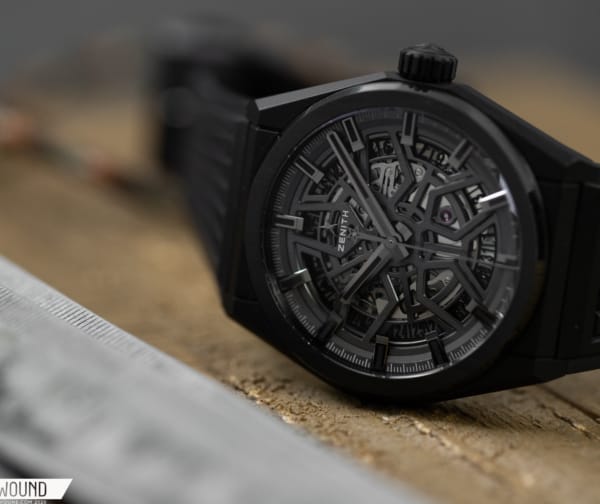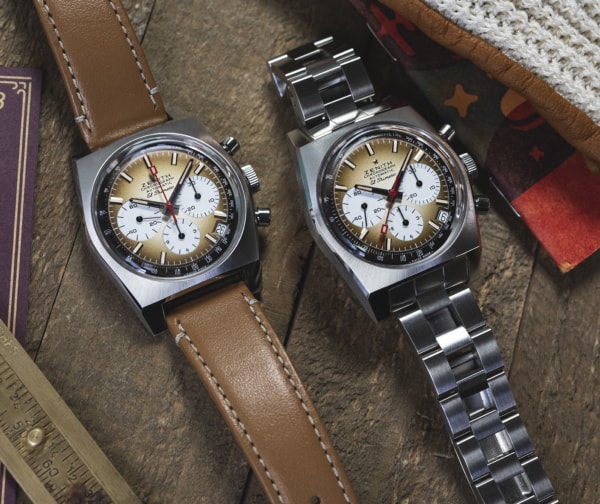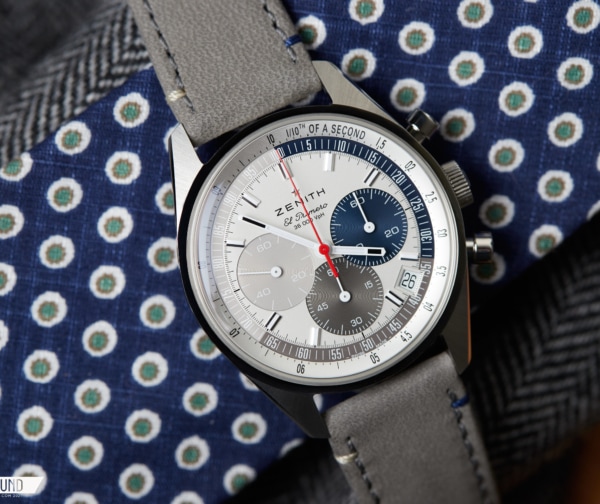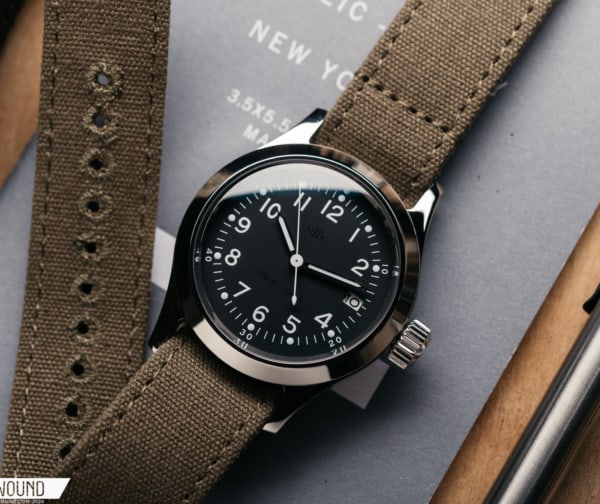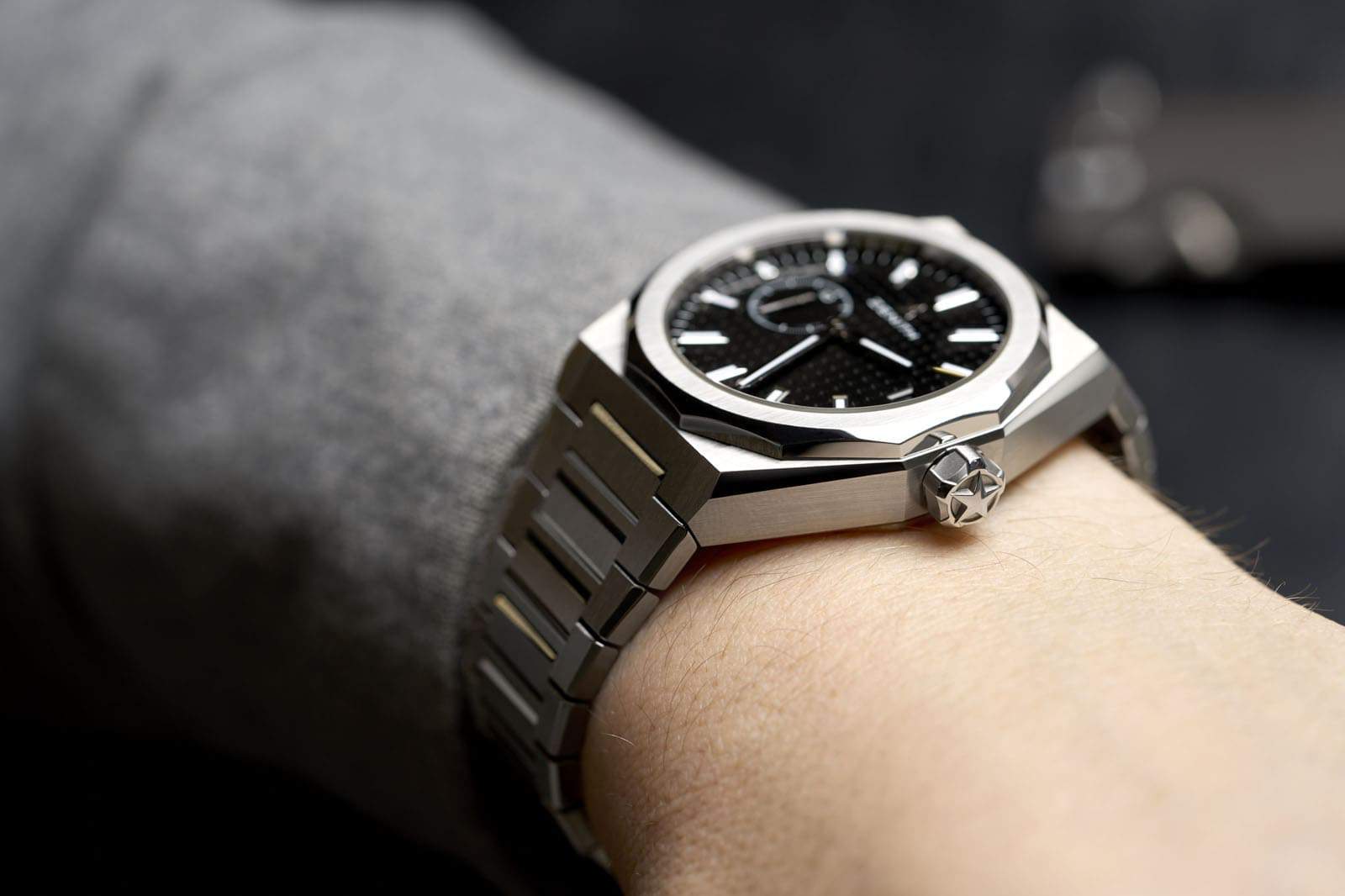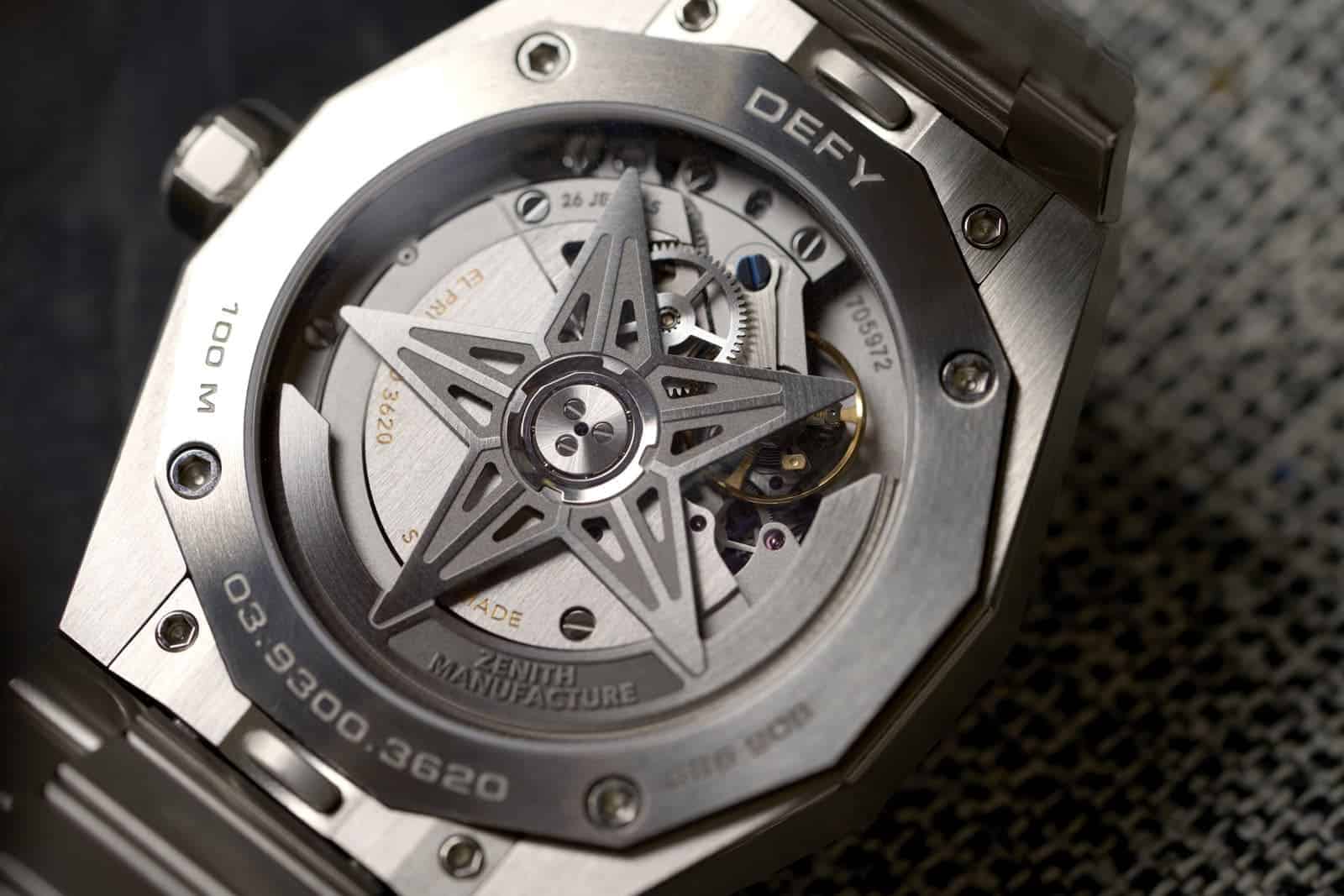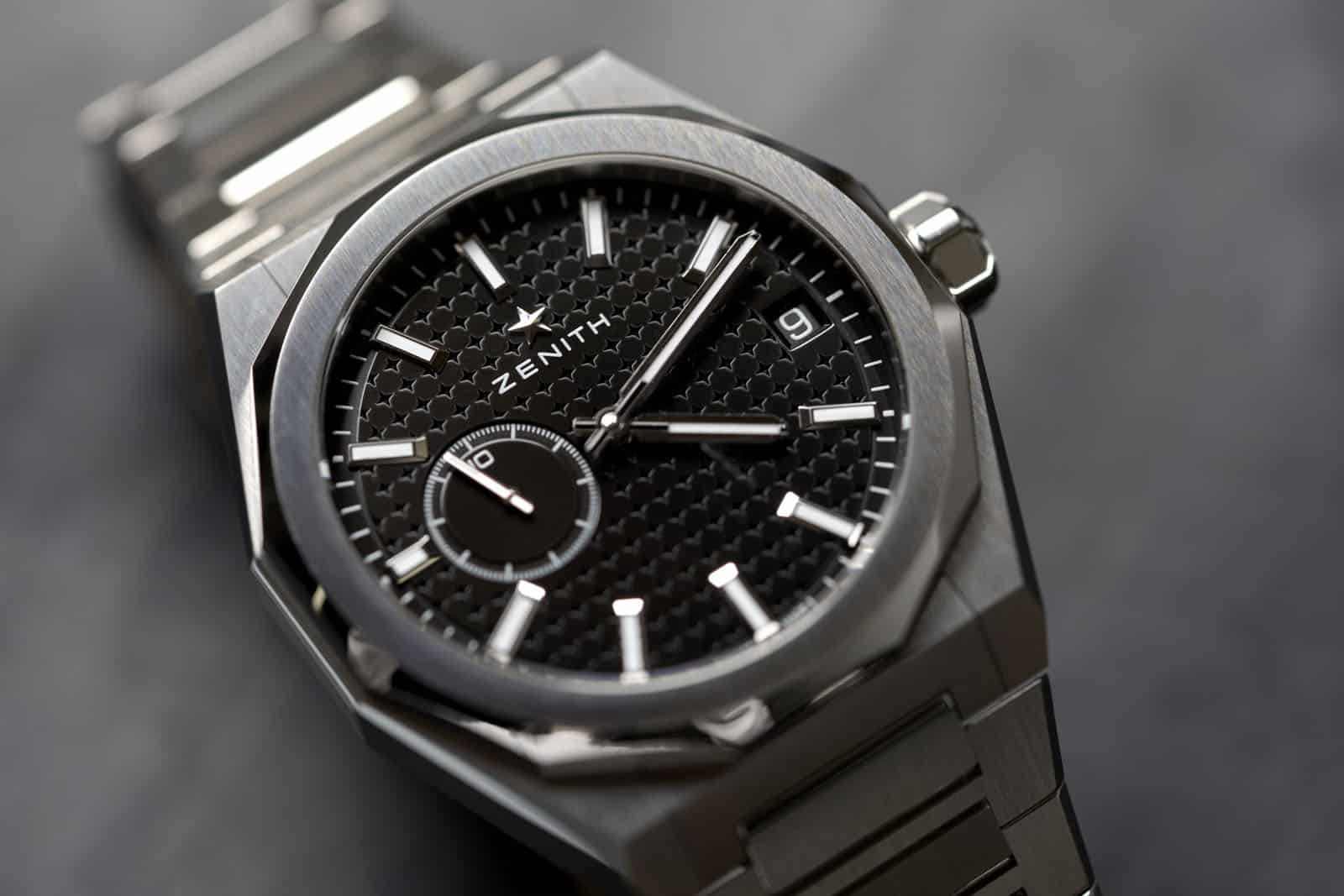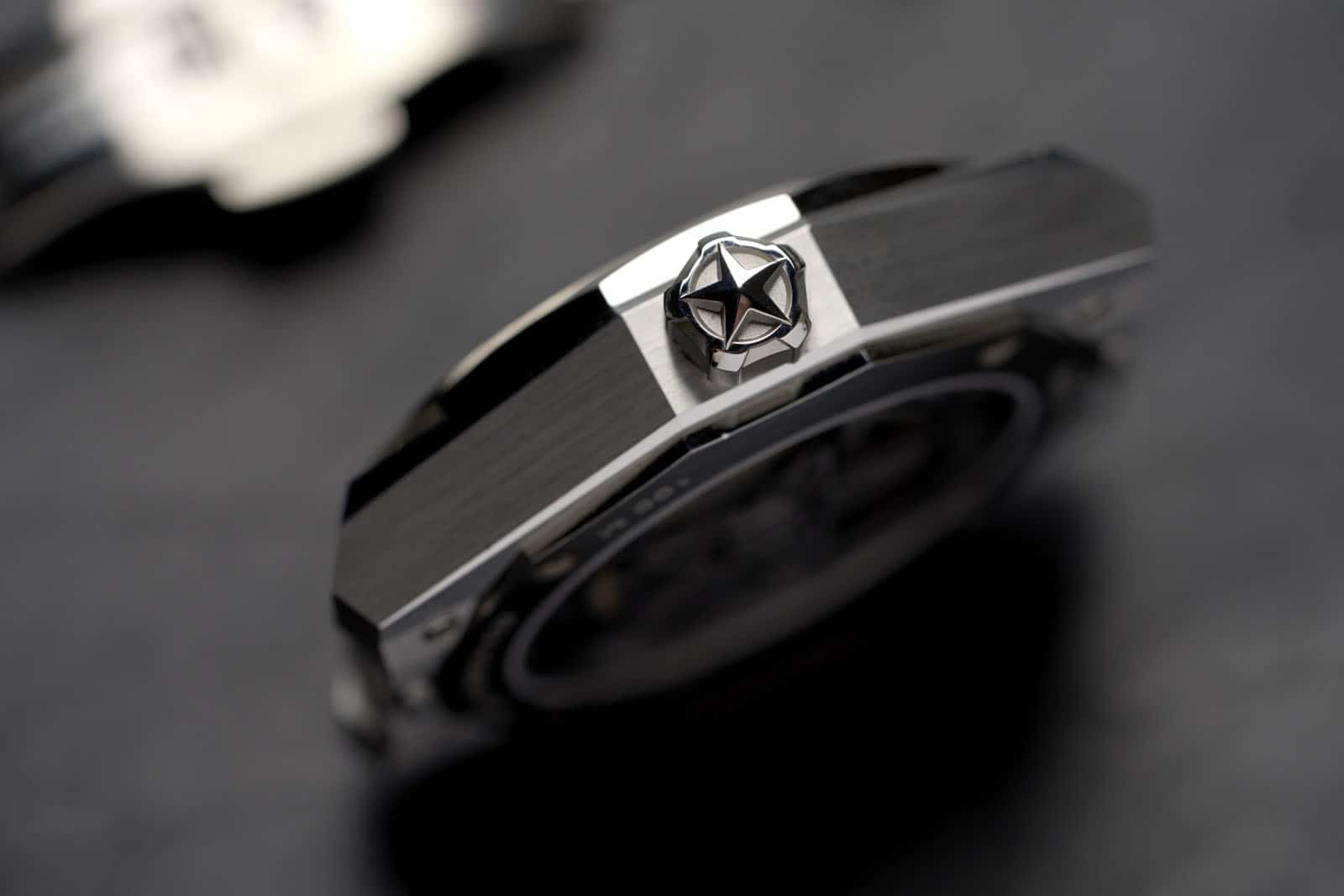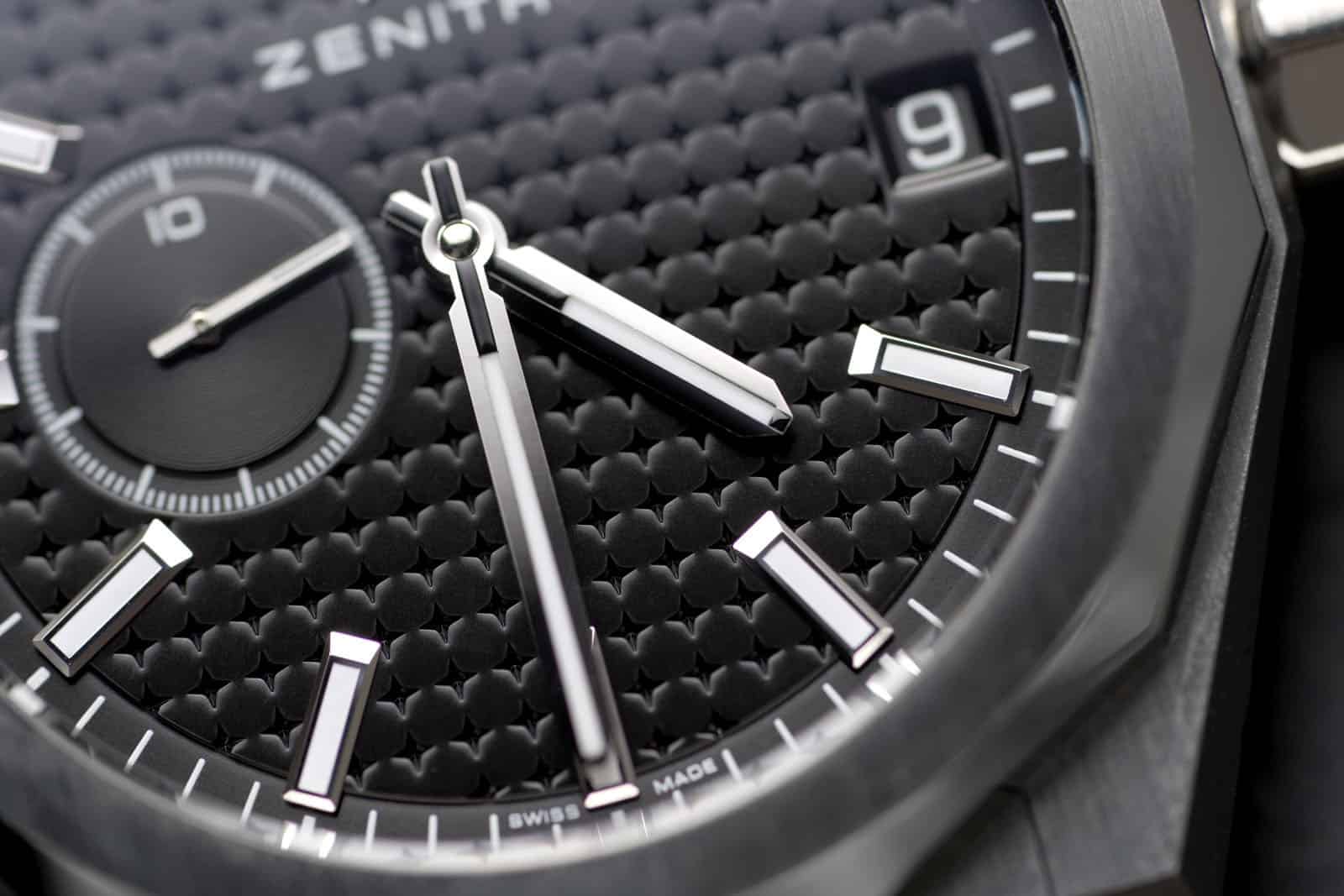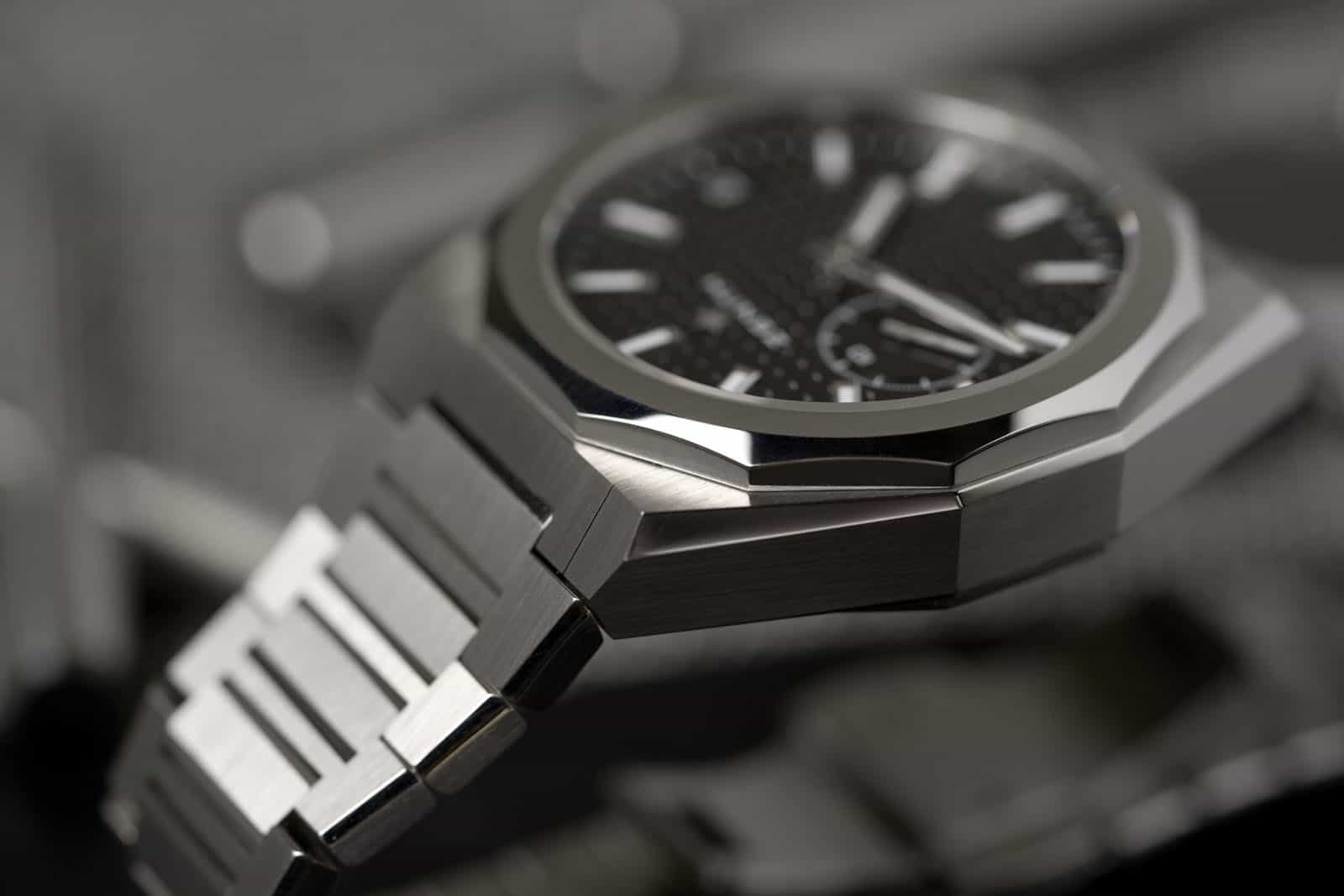It probably won’t come as much of a surprise to anyone who has read my work on this site or chatted with me about watches in person or on Instagram, but there really isn’t a brand whose new releases I anticipate more fervently than Zenith. I’ve long had a fascination with the brand (which I’ve covered a bunch) and have felt like many of their watches are criminally overlooked in favor of any number of hype watches of the moment. But Zenith is a brand with real history, many technical innovations, and frequently displays a flair in their design language that more conservative Swiss brands would frankly never even approach. They strike a chord with me for a whole host of reasons, not the least of which is their perennial status as the underdog against bigger brands with watches that are, at least in the strange terms of our hobby, household names.
But something has happened to Zenith over the last few years. They are no longer the same scrappy underdog. Now, every new release is covered by every watch media organization, and the story of the El Primero is nearly as well known as the Speedmaster. Zenith even has their own hype watches, commanding well over retail on the secondary market, and at auction no less. And while Zenith has leaned heavily into their considerable chronograph history, they’ve had strong showings in the Defy lineup as well, and in the more avant-garde realm of watch design, where I’d argue that complications aren’t really the centerpiece anyway. They look back to the past with (mostly) faithful reissues of watches from their archives, and balance the vintage inspired stuff that appeals to collectors with watches in an ultra modern design language, never afraid to play with color or materials. They’ve even got people interested in their wayward early aughts era (OK, that’s probably just me).
The point I’m trying to make here is that Zenith doesn’t really make watches that fly under the radar anymore. Everything is released with real purpose, and the watches are examined and scrutinized to the same degree as any other high end luxury watch that comes across our desks, which is to say, we pick them apart. The new Zenith Defy Skyline has a lot that can be picked apart. For a brand that is becoming more mainstream year after the year, the Skyline is, in some important ways, an incredibly strange watch. It seems like one thing at a glance, but is very much another when you put it on your wrist and begin to log some hours with it.









 Featured Videos
Featured Videos




